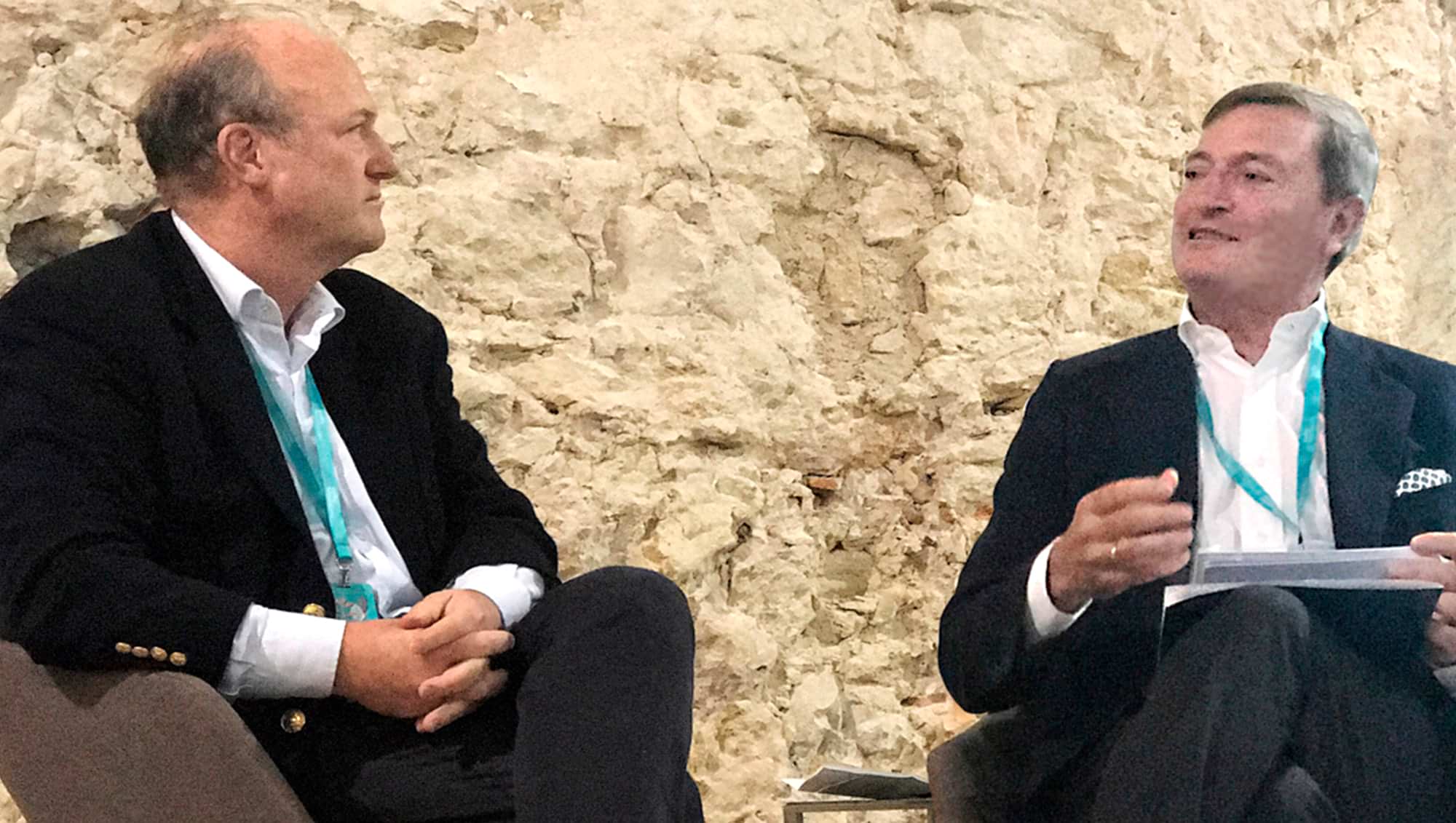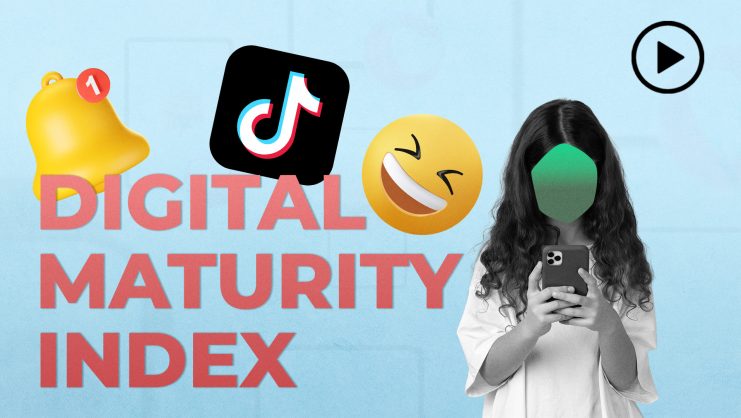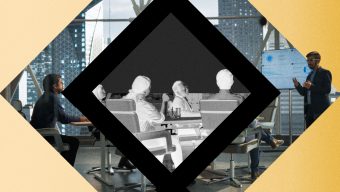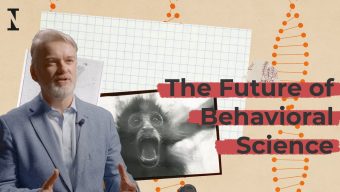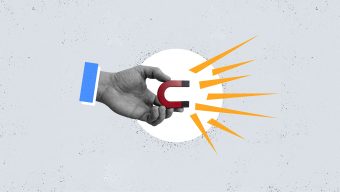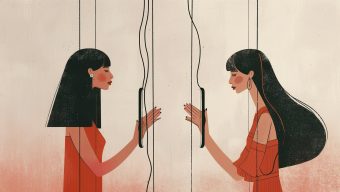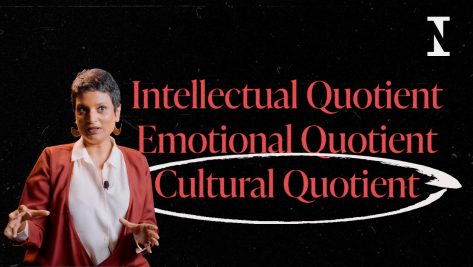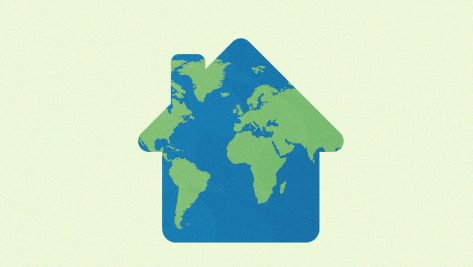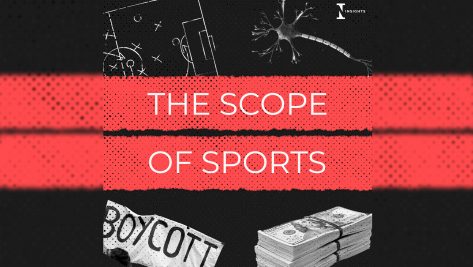Carlos Mas: Your career has spanned a wide range of fields. You come from an entrepreneurial family with more than a hundred years of history, and you’ve studied engineering, art, and education. How do all these things fit together?
Eduardo Hochschild: More than a century after the founding of Hochschild Mining, we are still driven to do new things. Creativity is an intrinsic part of business. Companies must renew themselves continuously. Business owners who are not creative will end up fading into oblivion.
Creativity also plays a key role in engineering, and even more so in art. Both of these disciplines set trends that others follow. But nowadays, I think it’s even more important to lead these trends. You don’t want to avoid the wave; you want to anticipate it, because otherwise it will wash right over you. We’ve seen this in many sectors.
Similarly, it’s important to take an interest in education from the perspective of the younger generations, because otherwise you’ll get stuck in the past. That’s not where you want to be; you want to be evolving towards the future. The key to staying on the cutting edge—as a company and as a country—is to combine art and engineering, together with business and education. All of these disciplines have a role to play in building the country and building the future.
It’s important to take an interest in education from the perspective of the younger generations, because otherwise you’ll get stuck in the past.
Carlos Mas: Would you agree that the success of a century-old dynasty lies not solely in the entrepreneurial spirit and the search for new challenges, but in the capacity to put these discoveries into practice? In other words, it’s not enough to know which way the wind is blowing; you actually have to take the reins, don’t you?
Eduardo Hochschild: The Hochschild company was founded in 1911, but the peak of its success—in the 1940s and 1950s—was when it joined forces with German engineering schools to create a system for obtaining tin. This new metal had many applications, both during the war and afterwards. It had an enormous impact on postwar industrial development. After that, we kept trying to break the mold. In the business world—whether in mining or cement—we’ve found that creativity is absolutely necessary. It is the key to strength.
Carlos Mas: As an entrepreneur and businessman, you jumped into the field of education by creating the University of Engineering and Technology (UTEC)—another contribution to Peru’s development, but in an entirely different field. What motivated you to do that?
Eduardo Hochschild: If you love a country but do not educate its people, you’re on the wrong track. Education is an intrinsic part of what we are as human beings. At least 85% of students at the UTEC have a scholarship, which means we’re reaching the right social stratum.
Carlos Mas: How did you get your start in the world of patronage? When did you decide to take your passion for art to the next level? And how does this relate back to your family?
Eduardo Hochschild: Art and creativity are the only things that will distinguish us from robots. A robot can do arithmetic more quickly, solve more complex mathematical problems, predict the future, and even make medical diagnoses. But it will never be creative. By combining engineering with this creative capacity, we can create a force that will break the mold. There’s a saying that I love: “Half of Hollywood are engineers, and half of the Internet are artists.” Make no mistake: Steve Jobs was an artist, not an engineer. This shows a clear trend. If you don’t take an interest in artists, you’re going to miss out on a fundamental aspect of tomorrow’s world.
Education is an intrinsic part of what we are as human beings.
Carlos Mas: When you talk about patronage, you always stress that you do it for and with the artists, and that you seek out the avant-garde, the disruptors… In other words, you like to take risks. Here, again, we see the figure of the businessman.
Eduardo Hochschild: For me, contact with the artists—being able to participate in their creative process—is 80% of the job.
Carlos Mas: This takes a lot of risk and daring, since you don’t see the results immediately. You have to make a firm commitment.
Eduardo Hochschild: It’s daring, certainly, but it’s much riskier not to look. Years ago, some people saw the smartphone as a form of control; today, it makes us happy. You have to look ahead. Art helps me in this regard, since the disruption is coming no matter what.
Carlos Mas: Do you think these artists could end up being seduced by the market? How do you imagine their future?
Eduardo Hochschild: I think young artists are still hungry for fame. Most Peruvian artists are driven to stay on the cutting edge. What will happen 20 years from now? I hope they maintain this creativity, because disruption is a constant.
Eduardo Hochschild participated in activities organized by IE University at Hay Festival Segovia.
© IE Insights.



